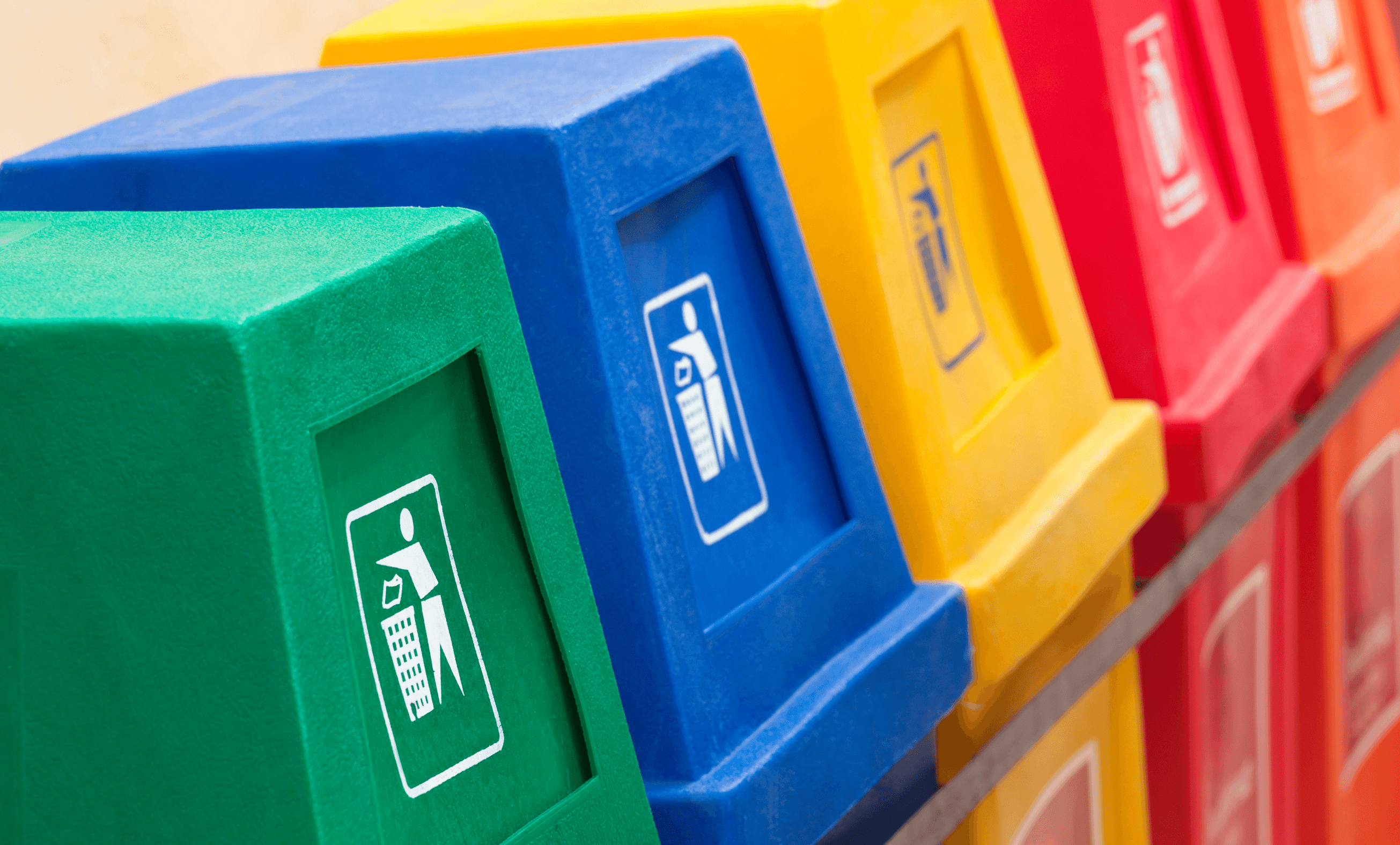Everyone has heard about the 3Rs, but have you ever stopped to think about the impact this can have on your daily life? The 3Rs policy is presented as a set of sustainable practices, whose goal is to minimize the environmental impact caused by the waste of materials and products derived from natural resources and, at the same time, to spare nature from the inexhaustible extraction of resources.
This campaign, created by the National Land Conference (ECO-92), which was held in 1992 in Rio de Janeiro, and endorsed by the 5th European Programme for the Environment and Development - carried out the following year - was created to simplify the rules to follow to help the environment and is based on the letter R, for Reduce, Reuse, and Recycle. Applied in this same order and popularized by the Greenpeace group, it is a proposal for reflection and action on our consumption habits, aiming to make them, in turn, more responsible, reducing the impact of waste on the environment. But let's explore each of the Rs:
Reduce
As already mentioned, the first and most important step to take and follow is to reduce, that is, slow down society's consumerist desire, since the greater the volume of new product purchases, the greater the amount of discarded materials, thus generating more waste. This proposal contradicts the essence of sales and capitalist consumption, but it contributes to reducing energy consumption and the emission of toxic gases. Encouraging responsible consumption is one of the main objectives of this policy, which is reflected in the circular economy, which we discuss in our article "What is the circular economy?".
Reuse
Secondly comes the step of reusing, that is giving a new life to materials no longer used, such as plastic bottles, boxes, or anything that can be repurposed, meaning repairing or reimagining a product and giving it a new use, instead of discarding it.
In this way, by reusing materials and products that could have a second life and function, we are once again contributing to the circular economy, where we consume renewable resources used to manufacture more and more consumer goods, as we give more time to their use, extending their useful life.
Moreover, by transforming a certain material already used into another, we postpone the need to consume a new one and produce environmental waste, while at the same time promoting environmental preservation, contributing to the reduction of soil pollution and contamination. This practice helps reduce the amount of raw material, energy, and water needed for the manufacture of new products, drastically reducing the disposal of consumer goods and consequent environmental pollution.
Recycle
In third place, but not least, comes the step of recycling, that is, assisting in the possibility of reusing materials, reducing waste and, at the same time, decreasing the demand for more natural resources.
This is just the last step in the 3Rs policy, since without the previous two steps, no system can handle all the waste generated. Thus, recycling consists of processing materials through their physical or chemical transformation, usually in the form of raw material, for the production of new products and consumer goods.
A product can only be recycled properly if we do its sorting, that is, separating our waste at recycling points, so that it can then be processed at a treatment facility. There are various types of recyclable products such as paper, plastic, aluminum, steel, among others.
Thus, this process requires an individual effort, as it consists of recycling waste that is still usable to reintroduce it again as new raw materials.

Having said all this, reducing consumption to the maximum, reusing products that are not used, and recycling those that have reached the end of their useful life are necessary practices that not only help the environment but also make it possible to reduce the cost of living, cutting expenses, especially in the industrial sector. Consuming consciously and responsibly, that is, not only reducing consumption but also choosing recyclable products, is essential to reduce waste production in the environment and prevent waste.
This reduction should encompass both the use of products and the rationing of resources, such as water or fuel, which, in turn, besides having a strong impact on the environment, minimizes the damage caused by pollution and waste accumulation. Thus, by adopting practices such as buying only the amount of food that is used and the conscious use of water, we are reducing the amount of waste discarded that pollutes the environment.
By following these fundamental steps, we are contributing to the improvement of our planet and making it increasingly beautiful. The individual actions promoted by the 3Rs have a huge impact on the environment and on reducing our ecological footprint, which, in itself, is urgent and a priority.
The 3Rs policy has already been updated and, currently, we can say that there are four more important steps in environmental protection, namely rethink, refuse, reintegrate, and take responsibility. All of this aims to promote a change in our daily habits and ensure a better future for all of us, to lead us to rethink our values and practices.
In short, the daily application of this practice can help you not only to preserve the environment, but also to reduce certain everyday costs! It is important to keep this idea in mind when we think about consuming or disposing, since the future of the world is also in our hands.



Share this article:
How to have a more sustainable summer
Biodiversity: what it is and how to protect it?